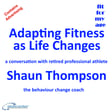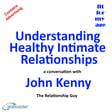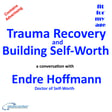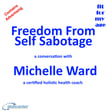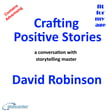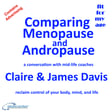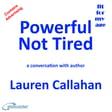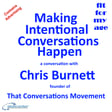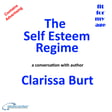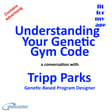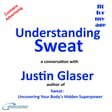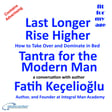
Stronger After 50! - a conversation with author Dave Durell
The New Rules of Strength Training After Fifty.
Dave Durell is a life-long fitness professional who has written The New Rules of Strength Training After Fifty.
Dave has over 40-years of experience as a personal trainer and fitness studio owner, college and NFL strength and conditioning coach. He has also been a licensed physical therapist assistant for more than 29 years.
In this episode of the Abeceder health and wellbeing podcast Fit For My Age Dave, describes his experience and the inspiration for writing The New Rules of Strength Training After Fifty.
Michael and Dave agree that the ageing process is not properly understood by the medical profession, and we only get to know what it is like when we realise that we have aged.
In a wide-ranging discussion Dave offers practical advice about how to enjoy using the gym when you are over fifty years old.
Michael and Dave compare notes on what a good gym for over fifties is like.
Find out more about Michael Millward and Dave Durell at Abeceder.co.uk.
Audience Offers
Proactive Positive Ageing.
We recommend The Annual Health Test from York Test, because knowing the risks early means you can take appropriate actions to maintain good health.
An experienced phlebotomist completes a full blood draw at your home or workplace, so that 39 different health markers can be assessed in a UKAS-accredited and CQC-compliant laboratory.
A Personal Wellness Hub gives access to easy-to-understand results and guidance to help you make effective lifestyle changes.
Visit York Test and use this discount code AGE25.
Fit For My Age is made on Zencastr, because Zencastr is the all-in-one podcasting platform, that really does make creating content so easy.
If you would like to try podcasting using Zencastr visit zencastr.com/pricing and use our offer code ABECEDER.
Travel Members of the Ultimate Travel Club enjoy travelling at trade prices on flights, trains, hotels, holidays and so many other travel related purchases. Use the link to access discounted membership.
Matchmaker.fm If you are a podcaster looking for interesting guests or if, you have something interesting to say Matchmaker.fm is where great hosts and great guests are matched and great podcasts are hatched. Use our offer code MILW10 for a discount on membership.
Being a Guest
If you would like to be a guest on Fit For My Age, please contact using the link at Abeceder.co.uk.
We recommend the podcasting guest training programmes available from Work Place Learning Centre.
We appreciate every like, download, and subscriber.
Thank you for listening.
